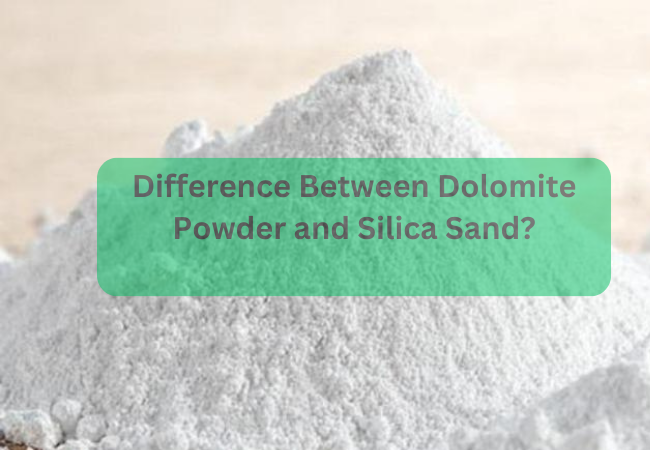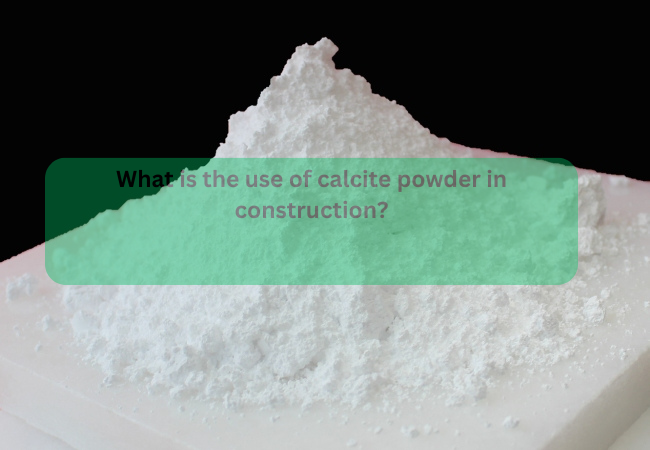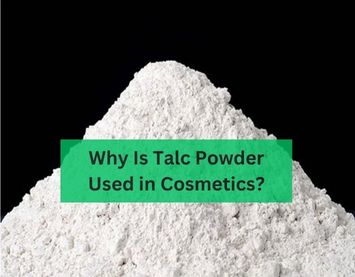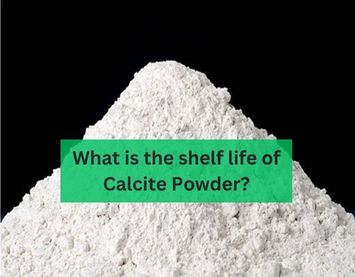- ISO 9001:2015 Certified Company
- +91-9672985402
- info@vasundharamicron.com
Difference Between Dolomite Powder and Silica Sand?

Why Is Talc Powder Used in Cosmetics?
January 13, 2025
What is the use of calcite powder in construction?
February 10, 2025The two widely used industrial substances of dolomite powder and silica sand demonstrate diverse characteristics regarding composition and applications. To pick suitable materials for particular uses businesses need to understand their fundamental distinctions. Vasundhara Micron operates as a top Dolomite Powder Supplier in India and provides premium Dolomite powder products for customers who need guidance selecting between these two materials.
What is Dolomite Powder?
The natural mineral Dolomite powder consists mainly of calcium magnesium carbonate (CaMg(CO3)2) as its elemental composition. Professional production of dolomite powder involves grinding its source rocks until they become a fine substance. The industrial applications of dolomite extend through industries that consist of agriculture construction and manufacturing industries. Agricultural use of dolomite powder includes serving as a pH-balancing agent that adds vital calcium and magnesium compounds to acidic agricultural soils. Construction companies utilize this substance for enhancing cement production since it enhances final cement products' durability and strength characteristics.
What is Silica Sand?
Naturally occurring quartz sand commonly called silica sand consists mostly of silicon dioxide (SiO2) along with its scientific name being SiO2. The substance exists in beaches as well as rivers and deserts where officials extract it from mining operations followed by processing steps. Silica sand demonstrates high purity standards allowing its employment for many industrial applications.
Customers can find silica sand to be the essential raw material for glass manufacturing. Silica sand serves as the fundamental material that manufacturers use to create glass items which include containers and windows. Silica sand functions throughout the construction sector by feeding concrete and mortar systems and performs as a medium in sandblasting operations for cleaning and surface texturing.
The main distinctions that exist between dolomite powder and silica sand include their chemical structures.
Chemical Composition:
Different chemical elements determine the distinction between dolomite powder and silica sand. Dolomite powder consists of calcium magnesium carbonate while silica sand means silicon dioxide exists as its main ingredient. Dolomite powder and silica sand possess different chemical formulations that result in distinctive industrial applications.
Appearance and Texture:
The fine white-colored dolomite powder shows different physical characteristics than silica sand which contains slightly-colored granular particles. The fine dolomite powder feels satin smooth but silica sand offers a rough and granular touch.
Uses in Industry:
Dolomite powder serves its main purposes in agricultural applications combined with building construction activities and glasses and ceramic industry needs. Weed powder works as a foundation material and release agent because it provides magnesium and calcium to the soil while enhancing cement strength. The majority of silica sand finds its primary applications in glass production together with applications in construction while also serving in sandblasting operations and silicon chip manufacturing.
Physical Properties:
The high bulk density of dolomite powder together with its ability to absorb water makes it useful for agricultural needs. Silica sand maintains great resistance to heat alongside its high melting point because of which it suits applications where intense temperatures prevail including glass production and sandblasting.
Environmental Impact:
Both dolomite powder mining for extraction and silica sand mining originate from geological sources but their sustainability impact varies between the two substances. The extraction processes of dolomite along with silica sand create disruption to land surface levels and natural resource exhaustion and releases harmful airborne particles from silica sand extraction sites. Various industries must implement eco-friendly mining procedures to reduce their negative impact on the environment.
Health and Safety Concerns:
Silica sand becomes dangerous to human health when people breathe it frequently because it creates health risks including silicosis of the lungs. Dolomite powder presents lower health risks during handling but people should utilize protective measures to prevent the breathing of fine waste particles.
Conclusion
The industries benefit from the essential contributions of dolomite powder and silica sand which remain separate in their material makeup and performance characteristics. The essential characteristics of dolomite powder include its soil quality improvement functions and its ability to strengthen concrete structures and provide plant essential nutrients while silica sand enables glass manufacturing and construction activities and electronic device production.




